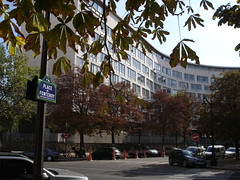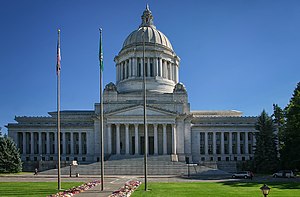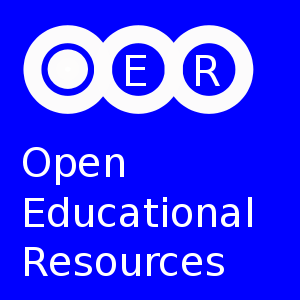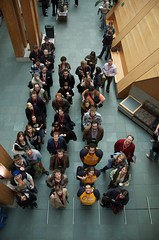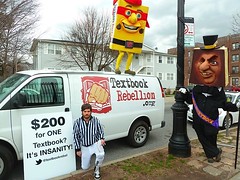1. Learning Analytics
The big boom in this field will be in the consulting fees for everyone who manges to shoe-horn this buzz word into any project.
2. Learning Management Systems
 Image via WikipediaThe LMS field will still be dominated by programmers, database administrators, and business people. There is a remote possibility that those involved in actual online teaching and learning will have a say in how LMSs are put together.
Image via WikipediaThe LMS field will still be dominated by programmers, database administrators, and business people. There is a remote possibility that those involved in actual online teaching and learning will have a say in how LMSs are put together.3. The Semantic Web
The semantic web will become vaguely closer to reality. I am typing this post using with a semantic web tool, Zemanta, and it actually thinks I mean London, Midlands and Scottish railway when I type "LMS." But seriously, I love Zemanta because I have found connections in my writing that I would not have found without it.
4. Conveyor Belt Sidewalks
This year will be a year of continued disappointment to Futurists when the era of the conveyor belt sidewalk, the personal jetpack, and flying cars remain tantalizingly far on the horizon. I am kind of relieved by this because most drivers can barely handle the x and y axis with out having to figure out how not plow their cars through someone's roof.
5. Science Fiction Becomes Science Fact
I believe that this will be the year that the space program will introduce fins on space helmets. Also, the next generation of space vehicles will look more and more like the 1956 Chevy Belair.
6. Personal Robots
Again, despite the best efforts of the Honda Corporation, personal robots will not happen this year. I was about to write that I do not need a personal robot maid to wash the dishes, but then I realized that I already have one - it is called "the dishwasher." All of this personal robot research should be going in to creating artificial limbs - these robots sure as heck can't dance.
7. Social Media on the Wane
There are other sites that have predicted the rise of Google + and other sites have predicted the fall of Google +. The social media bubble will start to burst. It will be the hot topic in 2012 on Twitter, Facebook, Diigo, Google +, LinkedIn, Ning, YouTube, Friendfeed, Twine, Wordpress, LiveJournal, Myspace, WriteAPrisoner.com, and the blogosphere. New sites will spring up every where to cover this news. The death of social media will become such a hot topic that it will even revive Friendster.
Remember, you can get futurists anywhere that will tell you what might happen, I include what won't happen. And yes, I am available as a keynote speaker - I come complete with futuristic neo-retro Nehru jacket and wrap-around sun glasses.














